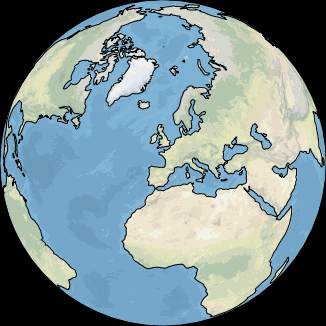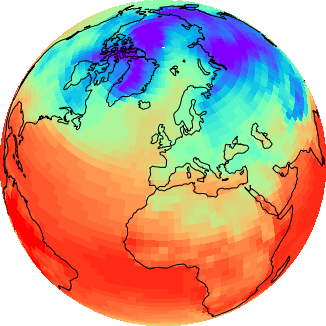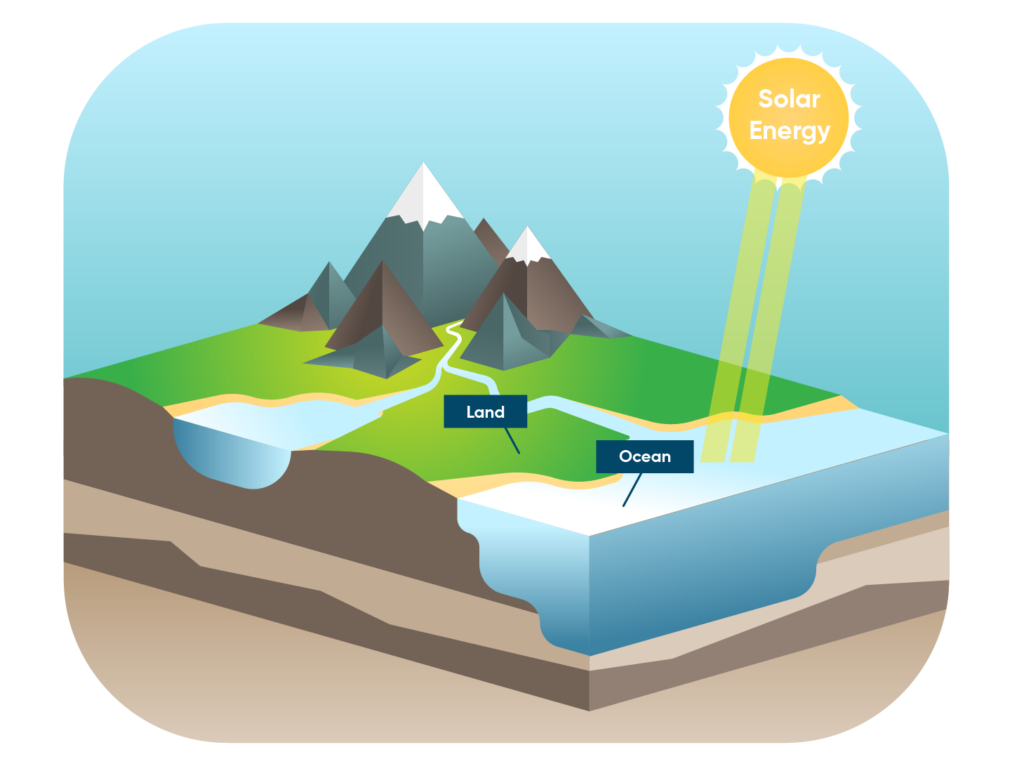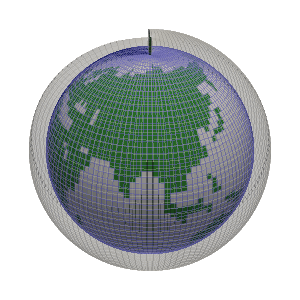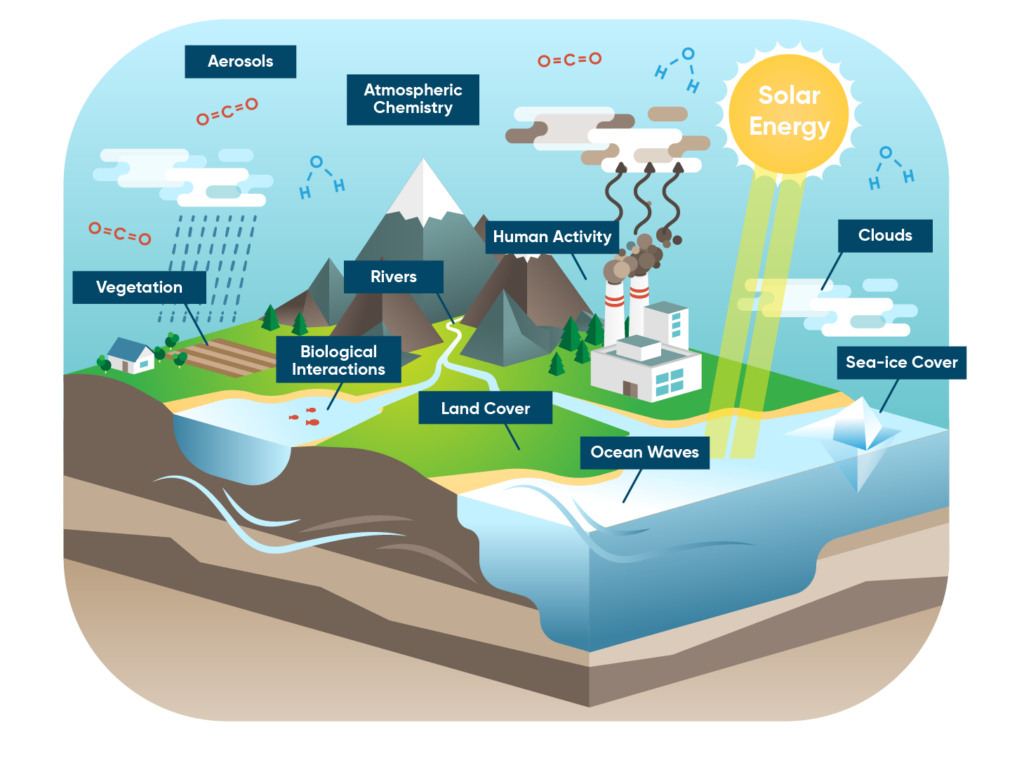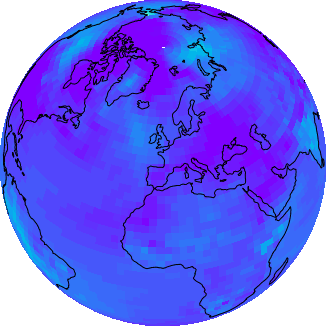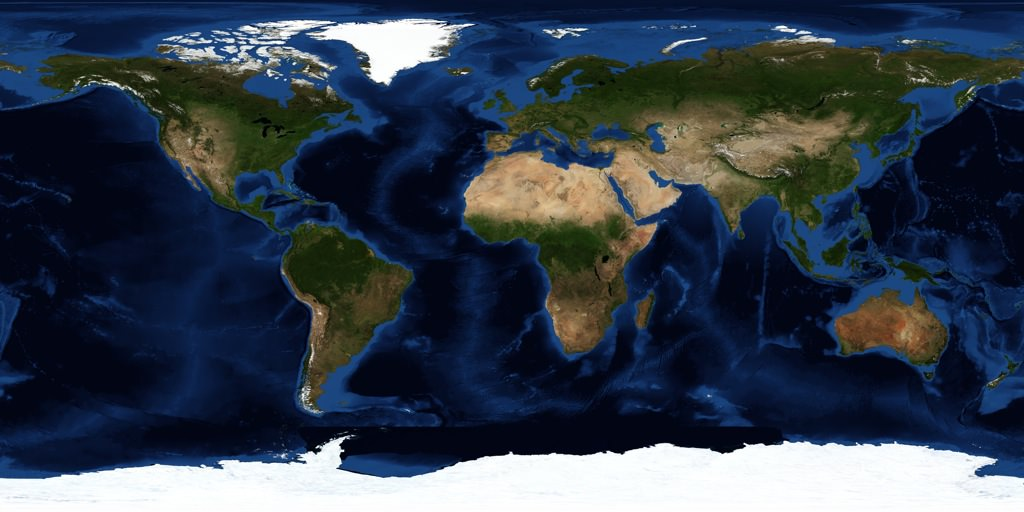Today, global climate models (commonly known as Earth System Models) include thousands of systems and processes. Not only do these models represent the atmosphere, oceans, and land, but also other key climate components, such as sea ice, plants, glaciers, rivers, ocean waves, chemical cycles, cities, and more. They also contain parameterizations of important – but small scale – climate processes, like thunderstorms.
In order to run climate models, scientists input the key boundary condition processes that influence the climate over time. These processes include:
- Energy flow from the Sun
- Volcanic eruptions
- Human actions, including:
- Emitting greenhouse gases
- Changing the landscape
- Generating aerosols and dust
Once models have this information, they can be run forward to produce datasets of ‘simulated’ climate. This data is then studied – using techniques very similar to those used to study real climate and weather data – to understand how the climate system will react and change in the future.

